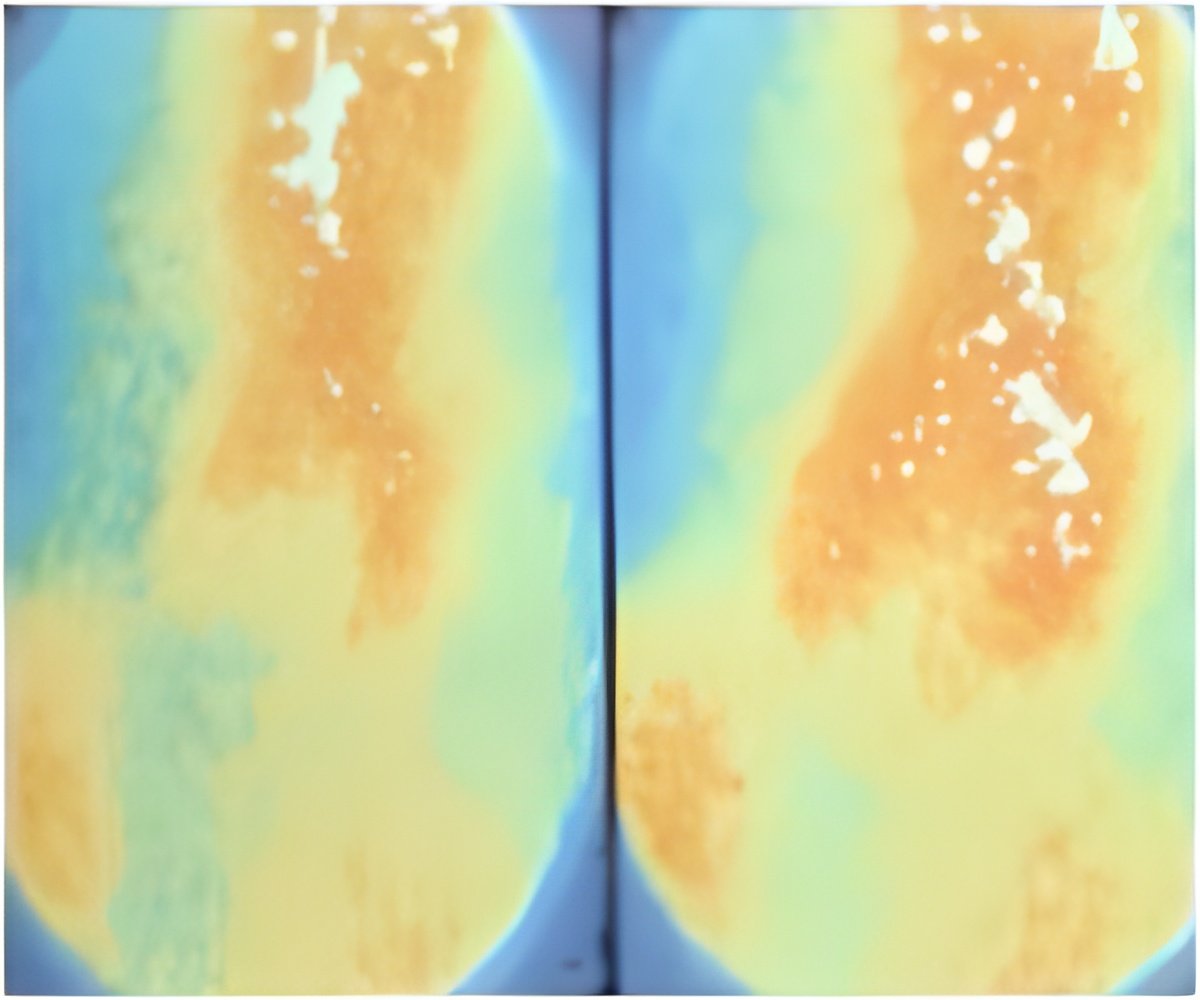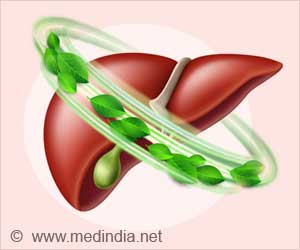
Named for a community in Connecticut where it was first diagnosed, Lyme disease is a multi-system infection caused by the bacteria B. burgdoferi. Treatment typically includes a 10-28 day course of oral antibiotics. "Lyme literate" groups, such as the International Lyme and Associated Diseases Society (ILADS), define chronic Lyme disease as a debilitating illness caused by a persistent infection of B. burgdoferi; symptoms include fatigue, difficulty concentrating, headaches, and irritability. Treatment requires oral and/or intravenous antibiotic therapy that can last from several months to several years.
Dr. Michael Johnson, now at the Hospital of Saint Raphael in New Haven, and Dr. Henry Feder, of the University of Connecticut Health Center, attempted to determine how frequently Connecticut doctors were diagnosing and treating chronic Lyme disease. Of the 285 primary care physicians who responded to the survey, nearly one-half did not believe that chronic Lyme disease is a legitimate diagnosis, and 48% were undecided. Only 6 physicians—or 2.1%—diagnosed and treated patients for chronic Lyme disease. These 6 physicians treated patients for an average of 20 weeks with oral antibiotics; however, because these six physicians did not treat their patients with months to years of oral and/or intravenous antibiotics, they do not fit into the "Lyme literate" category.
Contrary to the assertions of the "Lyme literate" community, Dr. Feder does not believe intravenous antibiotic treatment is common practice. "The 6 physicians in our study who treated patients with chronic Lyme disease do not fit into the 'Lyme literate' group," he explains, "because they treated their patients for an average of 20 weeks—not months to years—and it does not appear that intravenous therapy was used." According to Dr. Feder, "Physicians who diagnose patients with chronic Lyme disease, and put these patients in harm's way with months to years of potentially dangerous antibiotics, are outliers." These findings call into question the claims of "Lyme literate" advocacy groups, like ILADS, that chronic Lyme disease is frequently diagnosed and treated by many primary care physicians.
Although the number of physicians diagnosing and treating patients with chronic Lyme disease may be small, their influence seems to be growing. "The 'Lyme literate' network has been pivotal in advocating legislation in multiple states requiring insurance companies to cover the costs of intravenous therapy for presumed chronic Lyme disease," Dr. Feder notes. The debate over chronic Lyme disease is likely to continue as insurance companies and legislative bodies become more involved.
Advertisement









